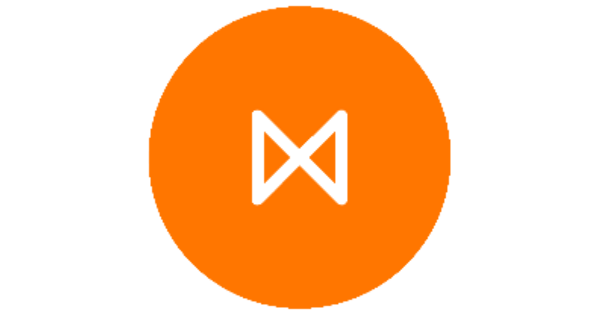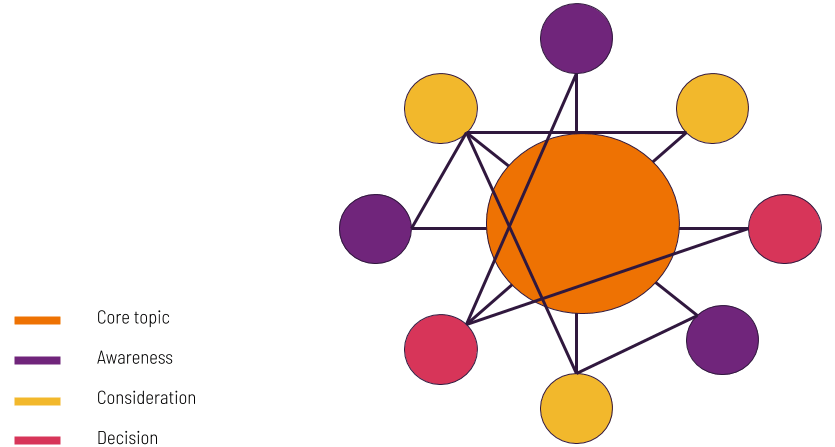Find out the core reporting definitions and meanings for the analytics and metrics used on the Metigy marketing platform.
Page Analytics
Engaged Users
The number of people who engaged with your Page. Engagement includes any click, action or story created.
Engagement
Engagements are ways in which you are connecting with your users, Similar to reactions it shows how many times things occurred including views and clicks.
Engagement Rate
Engagement Rate measures the effectiveness of your page and how much you are connecting with your fans. It is calculated as the number of weekly Page Engaged Users divided by the total page subscriber count.
Table of Contents
ToggleImpressions
How many times the page, or a piece of content from the page, is viewed? This can be a daily, weekly or monthly metric. There is a second version of this metric called unique impression (sometimes referred to as reach). That is where each user is only counted once, even if they have multiple impressions.
Likes Change
The is calculated as the increase or decrease in page likes for the selected period, and so can be positive or negative.
Likes
The total number of people who have liked your page. This varies by platform, and some support other definitions such as followers. A like of a page is strong as it usually means they value what the page is saying
New Likes
The total number of new people who have liked your page in a given timeframe. This the total of organic and new paid likes.
Paid Likes
The number of people who have liked your page as a result of paid advertising.
Unpaid Likes
The number of people who have liked your page as a result of organic (seen in a feed) or viral (shared by a friend)
Reach
How many people have seen any piece of content associated with your page within the platform? This can be a daily, weekly, or monthly metric. In reports, this is called Impressions Unique. This is the unique (individual) users who have viewed the content. If they viewed it multiple times, they would be counted as a single view.
Subscribers
The total number of people who have liked or followed your page and will get posts from the page in their news feeds. A Subscriber might not necessarily Like a page, and is only interested in the feed.
Stories
Stories are newsfeed items created by users related to your content. For example, every time they like or comment on a post, that generates a story in their newsfeed that their friend may see.
T.A.T. – Talking About This
The number of People Talking About the page in a time frame. This is a metric that is specific to Facebook.
T.A.T. Rate
The number of People Talking About the page is divided by the page subscriber count.
Unlike
The number of people that have Unliked your Page within a time frame. This is used in the Likes Change calculation.
Post-Analytics

Comments
The total number of comments/replies that people have given your posts within a time frame. This varies by platform, but comments are in reply to the post and replies are in response to an existing comment (or reply)
Engaged Users
The total number of users that engaged with posts from your page, and may include the same user multiple times due to platform metric restricts (e.g. not unique)
Engagement Rate
This metric is a way to measure the effectiveness of posts and how much they are connecting with fans of the page. It is calculated based on the number of post engagements divided by the number of unique post impressions (or post impressions if the platform does not provide unique impressions) giving an average for the posts created in this period. Post engagements include shares, likes, comments, and where available “Read Full“.
Engagements
Page Engagements vary by platform, but are all based on the ways users interact with a post, and how often within a time frame. In the case of Facebook, this is Reactions, Comments, and Shares.
Interactions
An interaction is defined as a person clicking on something to do with the content, including likes, and comments, and clicking on a link.
Impressions
An impression is defined as a person seeing your post. E.g., it appeared in their news feed and was visible to the user. This calculation is the number of impressions of your posts for the selected period. There is a second version of this metric called unique impression (sometimes referred to as reach). That is where each user is only counted once, even if they have multiple impressions.
Likes
A “like” varies by platform and is a positive reaction to the post. It demonstrates that a user had a reaction to The calculation is the total number of likes that people have given your posts for this period.
Number Of Posts
The number of posts created for the selected period of time.
Organic Reach
The number of people who saw your post in news feed or ticker, or on your page’s timeline. This does not include paid posts. Typically a user sees this from liking your page, following you or friends sharing/liking a post.
Paid Impressions
The number of impressions of your post that were caused by paid advertising. This is the easiest way to drive impressions on many platforms.
Paid Reach
The number of people who saw your post in news feed or ticker, or on your page’s timeline as a result of advertising.
Post Count
How many pieces of content were created within a given time period?
Post T.A.T. Rate – Talking About This
The Post T.A.T. rate is defined as the number of stories generated by your post divided by the post reach.
Reach
The total number of people the post was served to and may have looked at it as a result. In reports, this is called Impressions Unique. This is the unique (individual) users that have viewed the content. If they viewed it multiple times, they will be counted as a single view.
Reactions
The total number of likes and other reactions of posts created in this period. Other reactions vary, but Facebook, for example, supports 6 types of reaction: Like Love, Ha-Ha, Wow, Sad and Angry.
Read Full (post_clicks)
The read full metric is the number of times people clicked on anywhere in your posts without generating a story. It is not something that is available on all platforms and has other names such as post_clicks on Facebook. It is a good gauge of if users consumed your content and didn’t just react to it.
Shares
A share is when a user – or another page – re-posts your content to their own news feed. This calculation is the number of shares of the posts created in this period.
Story Rate
This is the rate at which users are creating actions that will be seen by other users. For example a like, comment, or share as they will appear within people’s news feeds. This does not include clicks as they do not generate a story that others will see.
Tracked URL conversions
The number of people that clicked the Metigy link associated with your post. This allows us to get a more accurate
Viral Reach
The number of people who saw your post in a story via anyone who shares the post.









